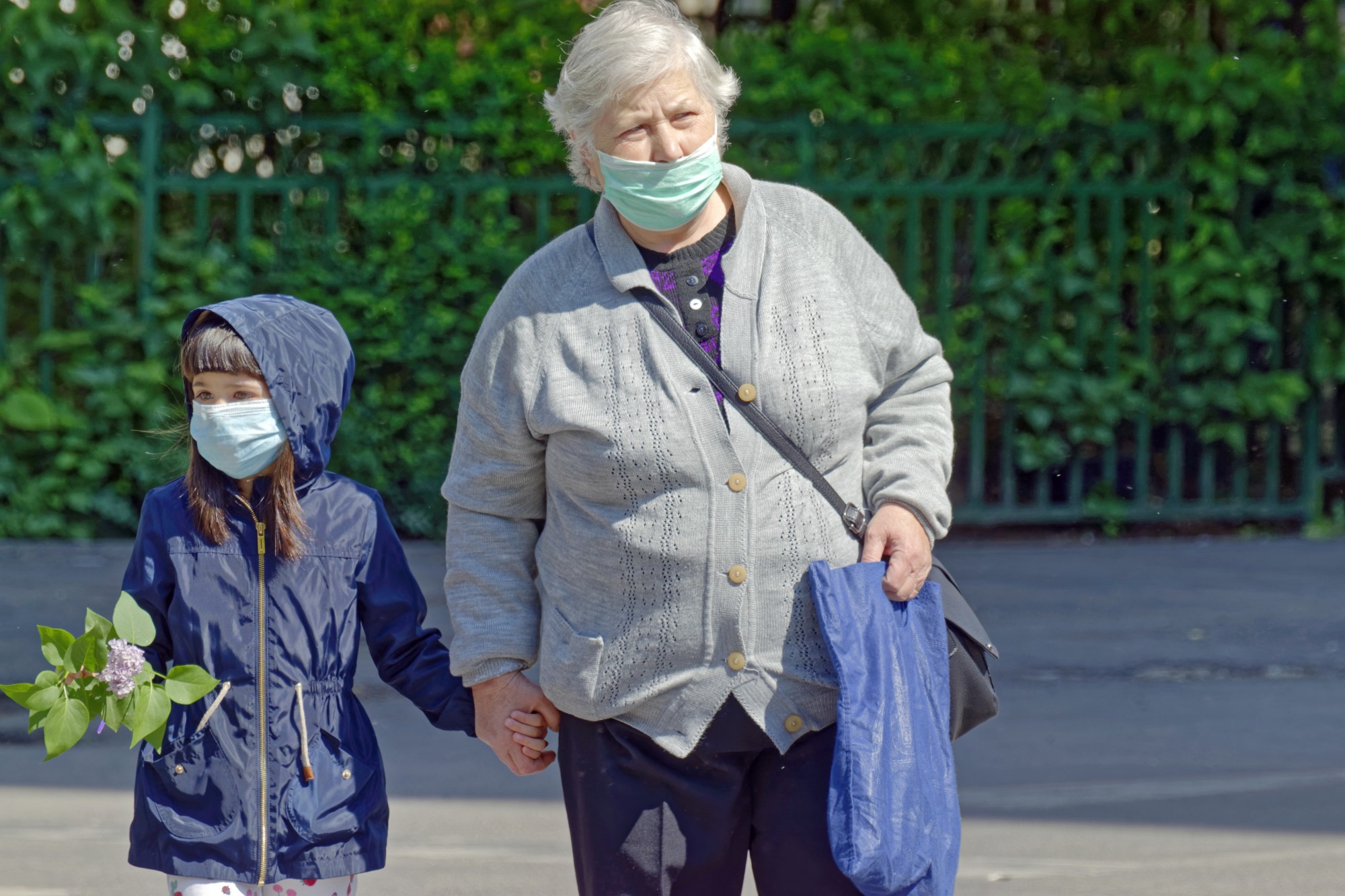Pandemics are as old as human history. The Black Death alone killed 50% or more of Europe’s population in the mid-1300s.
History offers cold comfort to those who are sick with COVID-19. Adults can put the pandemic into context and understand the risk of dying, though real, is low.
Children don’t have the ability to run the numbers and put things in perspective. This pandemic is frightening.
Being a kid is often hard in the best of times but the current conditions are challenging at best. The pandemic is having a real impact on children, so what can you do to help your kids?
There are several types of child therapy that can help kids deal with trying circumstances. Keep reading as we explore several types of child therapy.
The Pandemic’s Impact
The shelter-in-place orders mean children aren’t involved in their usual activities.
Studies reveal several problems due to the COVID-19 pandemic such as:
- Child abuse
- Trauma
- Increased screen time
- Mental health problems
- Increased stress and anxiety
- Insufficient exercise
- Overeating
These are all potential problems caused by the pandemic, though not all children experience these issues. If left untreated, some of these issues could follow a child into adulthood.
Teachers have a legal obligation to report suspected child abuse. Since they’re not seeing their students in person, it’s less likely they’ll realize if a child needs help.
Stress, anxiety, decreased exercise, and increased eating are all problems that can cause lifelong issues.
Types of Child Therapy
Don’t panic yet! Adults set the tone for their children.
Make sure you’re getting the help you need first. Then tend to your children’s mental and physical health needs.
There are several types of child therapy and you may want to explore them all with a professional. Some child therapies include:
- Play therapy
- Art therapy
- Cognitive-behavioral therapy (CBT)
Play therapy works well for many children since it centers around a normal mode of communication for them. Children with anxiety, depression, and other disorders benefit from play therapy.
Art therapy uses the creative process for the improvement of emotional and physical wellbeing.
CBT teaches children better methods of coping with emotional distress, such as calming techniques like meditation.
Every child is different and there’s no one-size-fits-all approach. Discuss your child’s issues with a trained professional and decide together what treatment plan is the best approach for your child.
Lessening the Impact of the COVID-19 Pandemic
There are many types of child therapy so find the one that works best for your child. Be a good role model for your children.
Exercise self-control and discipline in your own life. Discuss limiting screen time and getting enough exercise. Cook and eat nutritious meals and snacks with your children. When they see you coping well, they’ll learn to cope well too.
If a child you know is threatening self-harm, get professional help immediately.
Throughout history, there are times of difficulty. Together, we’ll get through this!
Are you looking for more articles like this? Please keep reading the blog!
